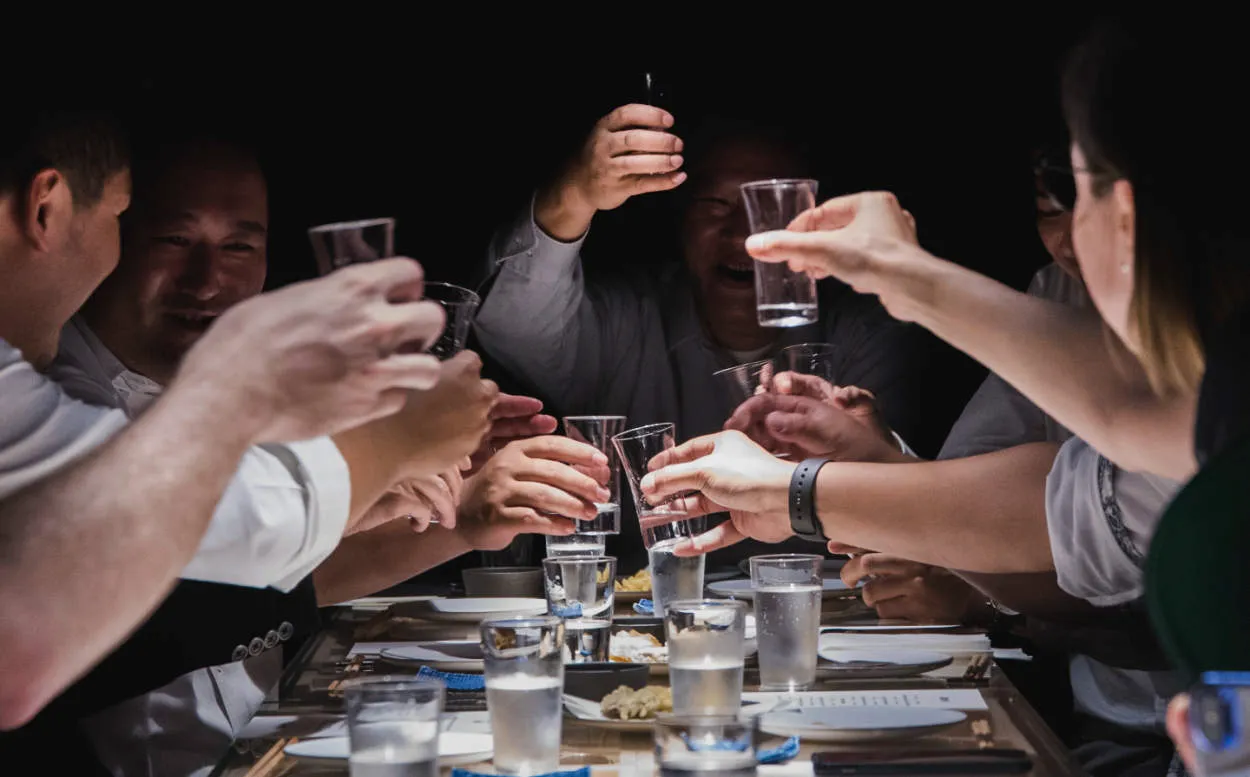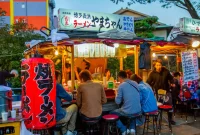Immerse yourself in the fascinating world of Japanese sake as we embark on a journey to explore its rich culture. From the traditional brewing methods to the art of sake tasting, join us as we uncover the secrets behind this iconic Japanese beverage. Kanpai!
The History and Brewing Process of Sake
Sake, a traditional Japanese rice wine, has a rich history that dates back centuries. The brewing process of sake involves the fermentation of rice grains, water, yeast, and koji mold.
Historically, sake production began in Japan around the 3rd century AD. Initially, it was made using raw rice and saliva for enzymes. Over time, the process evolved with the introduction of koji, a type of mold that breaks down starches into sugars, making it easier for yeast to convert them into alcohol.
The brewing process starts with polishing the rice grains to remove the outer layers, which contain impurities. The polished rice is then washed and steamed, after which koji and yeast are added. This mixture is left to ferment for several weeks, allowing the yeast to convert the sugars into alcohol.
After fermentation, the mixture is pressed to separate the liquid from the solids. The resulting liquid, known as moromi, is then further filtered and sometimes pasteurized to stabilize the flavors. Finally, the sake is aged for a period ranging from a few months to several years, depending on the desired flavor profile.
Today, sake is enjoyed not only in Japan but also around the world. It is commonly served in traditional ceremonies, restaurants, and izakayas (Japanese pubs). The variety of sake flavors and styles make it a unique and versatile beverage.
Visiting Sake Breweries: Immersion in Japanese Tradition
Embarking on a journey to explore Japanese sake culture offers a unique opportunity to immerse yourself in the rich traditions of this ancient beverage. Visiting sake breweries not only provides a chance to learn about the intricate process of sake production but also allows travelers to experience the deep cultural significance intertwined with every sip of this beloved drink.
One of the most fascinating aspects of visiting sake breweries is witnessing firsthand the meticulous craftsmanship involved in sake-making. From the careful selection of the finest rice to the precise brewing techniques passed down through generations, each step of the process is executed with utmost care and attention to detail. It’s an art form that captures the essence of Japanese patience and skill.
Moreover, exploring sake breweries provides an insight into the spiritual side of sake production. Many breweries have Shinto shrines on their premises, where brewers pay their respects to the gods for a successful brewing season. This sacred connection between sake and spirituality highlights the deep-rooted reverence that the Japanese people have for their traditional drink.
Aside from the brewing process, visiting sake breweries also presents the opportunity to sample a diverse range of sake varieties. Each brewery has its own unique flavor profiles, ranging from delicate and floral to bold and robust. Engage your senses as you sip on different varieties and discover your personal preference amidst this vibrant tapestry of flavors.
In addition to enjoying the flavors of sake, visitors can partake in traditional sake tastings known as “sake tastings.” These intimate sessions allow enthusiasts to deepen their understanding of the complexities of each sake they sample. Experienced guides and brewers provide valuable insights into the characteristics, aromas, and pairings of each sake, enhancing the overall tasting experience.
Beyond the sake tasting experience, sake breweries often offer cultural workshops and events that further enrich your understanding of Japanese traditions. From sake-pairing seminars to traditional performances like taiko drumming and tea ceremonies, visitors can fully immerse themselves in the cultural tapestry that surrounds sake brewing.
In conclusion, visiting sake breweries not only provides a glimpse into the fascinating process of sake production but also offers a genuine immersion into Japanese tradition. From the meticulous craftsmanship to the spiritual connections and the diverse flavors, every aspect of sake culture beckons with a sense of discovery and appreciation. So raise your cup and embark on a sake-filled adventure as you embrace the essence of Japan’s ancient beverage.
Pairing Sake with Japanese Cuisine: A Perfect Harmony
Sake, a traditional Japanese rice wine, has a long-standing history deeply intertwined with the rich culinary culture of Japan. When it comes to Japanese cuisine, the pairing of sake with various dishes creates a perfect harmony of flavors, enhancing the overall dining experience.
One of the key factors in successfully pairing sake with Japanese cuisine is understanding the different types of sake available. From crisp and dry to sweet and fruity, there is a sake to complement every dish. For example, a light and refined sake like Daiginjo goes well with delicate sashimi or sushi, while a richer and more robust sake like Junmai is a great match for heartier dishes like tempura or grilled meats.
Another important aspect to consider is the temperature at which the sake is served. Sake can be enjoyed either hot or cold, and the temperature can greatly impact its flavor profile. Generally, lighter sakes are best served chilled to preserve their delicate aroma, while fuller-bodied sakes can be gently warmed to bring out their complexity.
The pairing possibilities are endless when it comes to sake and Japanese cuisine. Sake’s clean and refined taste can complement the umami flavors found in dishes like miso soup and yakitori. Additionally, the natural acidity and subtle sweetness of sake can help balance the saltiness of soy sauce and the spiciness of wasabi, creating a harmonious balance of flavors on the palate.
To fully appreciate the art of pairing sake with Japanese cuisine, it is worth exploring regional pairings. Different regions in Japan have their own unique culinary specialties, and local sakes often complement them perfectly. For example, the light and crisp sakes from Niigata prefecture are known to pair beautifully with delicate seafood dishes, while the richer and bolder sakes from Kyoto are an excellent match for traditional kaiseki cuisine.
In conclusion, the art of pairing sake with Japanese cuisine is a journey that enhances the dining experience by creating a harmonious fusion of flavors. By understanding the different types of sake, considering serving temperature, and exploring regional pairings, one can unlock a world of delicious combinations that are sure to delight the senses.
Conclusion
Exploring Japanese sake culture is a fascinating journey that unveils the rich history, craftsmanship, and traditions behind this beloved beverage. From visiting breweries to learning about different types of sake, it is clear that sake holds a special place in Japanese culture. Whether enjoyed in traditional ceremonies or modern settings, sake offers a unique taste experience that should not be missed by any enthusiast of Japanese culture.




